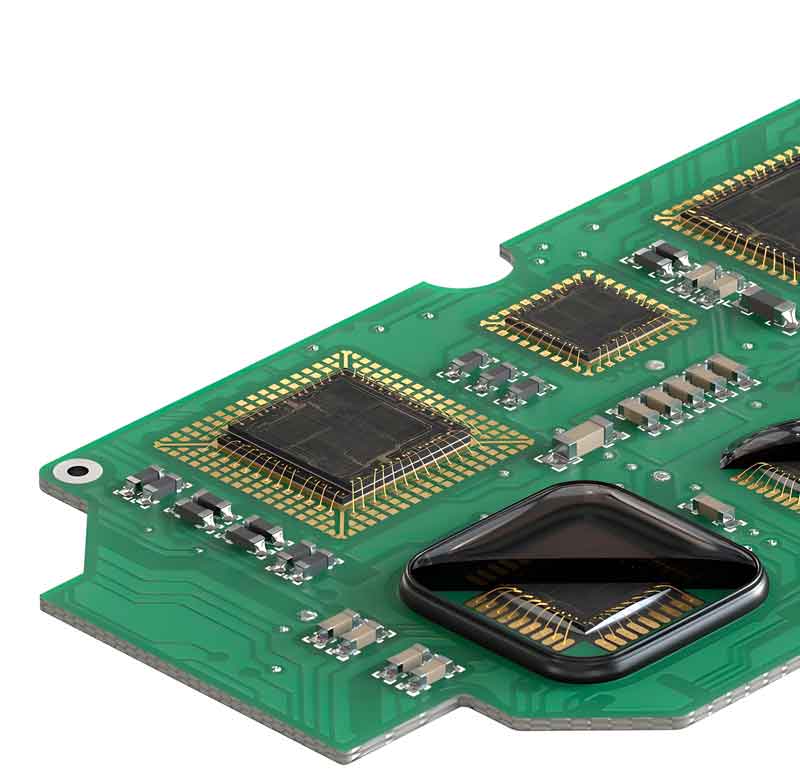Substrate PCB are mainly applied on electronic products with light weight, thinness and advancing functions, such as smart phones, laptop, tablet PC and network in fields of telecommunications, medical care, industrial control, aerospace and military.
The Integrated Circuit (IC) substrate PCB is a core component in electronics. It connects the chip to the printed circuit board (PCB). It transmits signals and power. Modern technology cannot function without it. Below are its main applications.
Smartphones and Computers
Phones and computers demand thinness and high efficiency. IC substrates enable high-density chip integration. They improve processing speed and reduce device size. Without them, high-performance mobile devices would not be possible.
Automotive Electronics
Modern cars rely on electronic systems. IC substrates are used in engine control, autonomous driving, and infotainment systems. They withstand high temperatures and vibration. This ensures driving safety and comfort.
Medical Equipment
Medical devices like pacemakers and imagers need high reliability. IC substrates ensure precise signal transmission. They aid in device miniaturization. This makes equipment easier to use and carry.
Communication Infrastructure
5G networks depend on high-speed data transfer. IC substrates are used in base stations and network gear. They support high-frequency signals. This reduces latency and improves connection stability.
IoT and Wearable Devices
The Internet of Things connects countless devices. IC substrates miniaturize sensors and processors. They are used in smartwatches and home automation devices. This enables smart living.
Industrial Automation
Factories use robotic control systems. IC substrates endure harsh environments. They ensure precise operation. This boosts production efficiency and reduces failures.
Summary
The IC substrate is the foundation of the electronics industry. It drives technological innovation with wide applications. Its importance will only grow with future technological advances.
Looking ahead, advancements in AI and quantum computing will demand even higher performance and smaller dimensions from IC substrates. They will continue to be a critical force driving the electronics industry forward, enabling the next generation of technological innovation.
